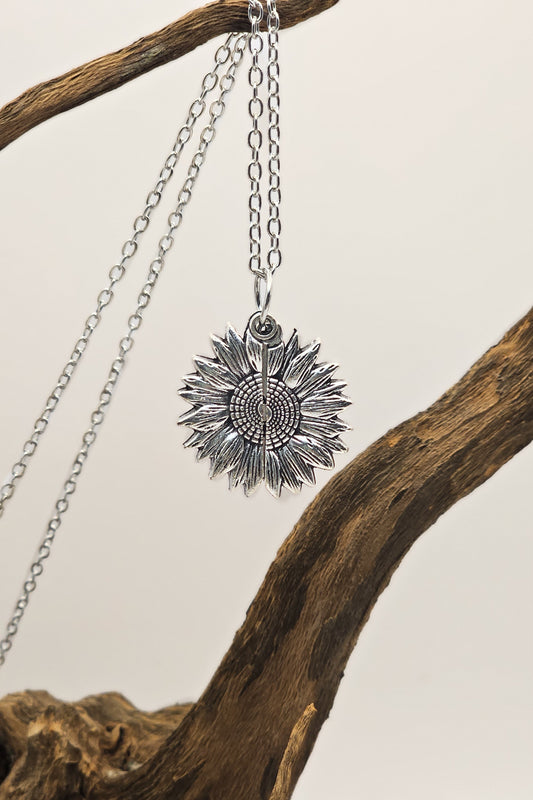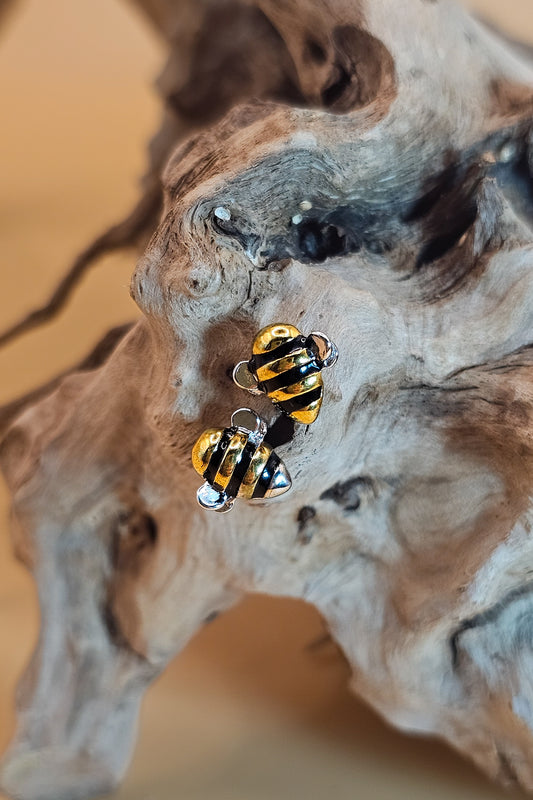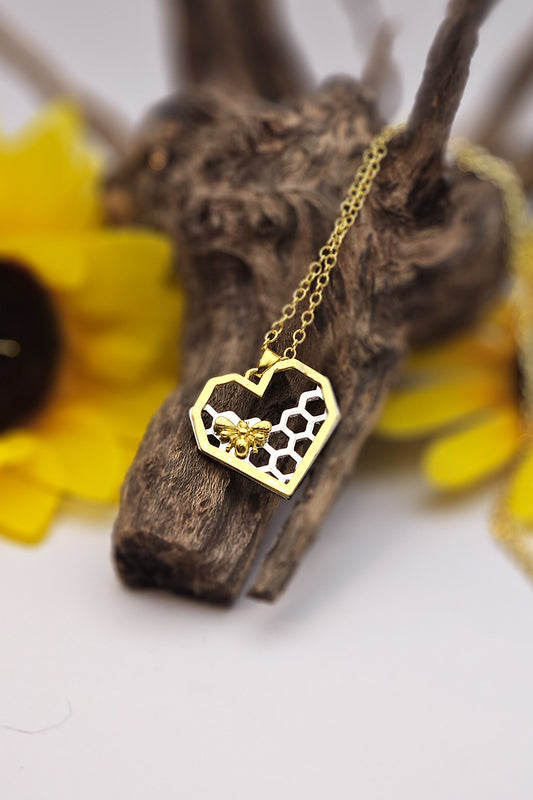We humans look for complex solutions to big problems when sometimes we should let it be easy.
According to a new report from The Swiss Federal Institute of Technology in Zurich, Switzerland, all we need to do to correct climate change is plant one trillion trees.
Planting trees can help us with a related problem, the ailing and dwindling bee population. Without them we would be unlikely to survive. They are an integral part of our ecosystems and pollinate over 30% of our food.
Planting bee-friendly flowers throughout cities, in flowerbeds along medians as well as along sidewalks, would not only beautify our environment but also provide a huge new source of nectar and pollen for bees.
The winter of 2018-2019 was dismal for our little fuzzy friends and their beekeepers, with the largest recorded bee colony loss. A beekeeper survey shows 37.7% of the honey bee population in the United States died. The Bee Informed Partnership, a non-profit led by the University of Maryland, conducted the survey.
We should plant some of North America's native flower trees, the ones most loved by bees. If you are able to plant a tree, why not choose one of these?
American Basswood or Linden: The nectar is irresistible to honey bees.
Southern Magnolia: Decadent and lavish, bees love this tree’s fragrant flowers.
Sourwood/Sorrel: Honey bees love the bell-shaped blooms with their mild fragrance.
Cherry: All trees in this prunus family, which include cherries, black cherries, chokecherry, plums and other fruit-bearing trees, attract large numbers of bees.
Redbud: Lush magenta-colored blooms draw bees in early to mid-spring.
Crabapple: Orchard mason bees and honey-bees love the rich white, pink or red flowers.
Black Locust: Unpopular but hardy due to its invasive nature. Honey bees and native pollen bees love it.
Serviceberry/Shadbush: Bees love the white flowers that bloom early in the spring, birds love its berries.
Tulip Tree: Beekeepers say their honeybees love tulip trees. The Xerces Society recommends planting bright yellow flower variety.
Tupelo: Bees love black tupelo (black gum or sour gum) and water tupelo trees. Swamp beekeepers in the deep South set up floating docks for hives so their bees can drink the nectar of the water tupelo blossoms.
So, where you can plant at least one tree? Or get some seeds, grow a sapling, and find it a permanent home.
We can plant deep green trees that are serious carbon dioxide CO2 absorption specialists to do the heavy-duty climate change work.
We can also beautify our cities with flowers and flowering trees for bees and other pollinators to enjoy. Think of the aroma wafting on the breeze… we will all fall in love with our environment, all over again.
Do you think as a global community we should plant a trillion trees pronto?








